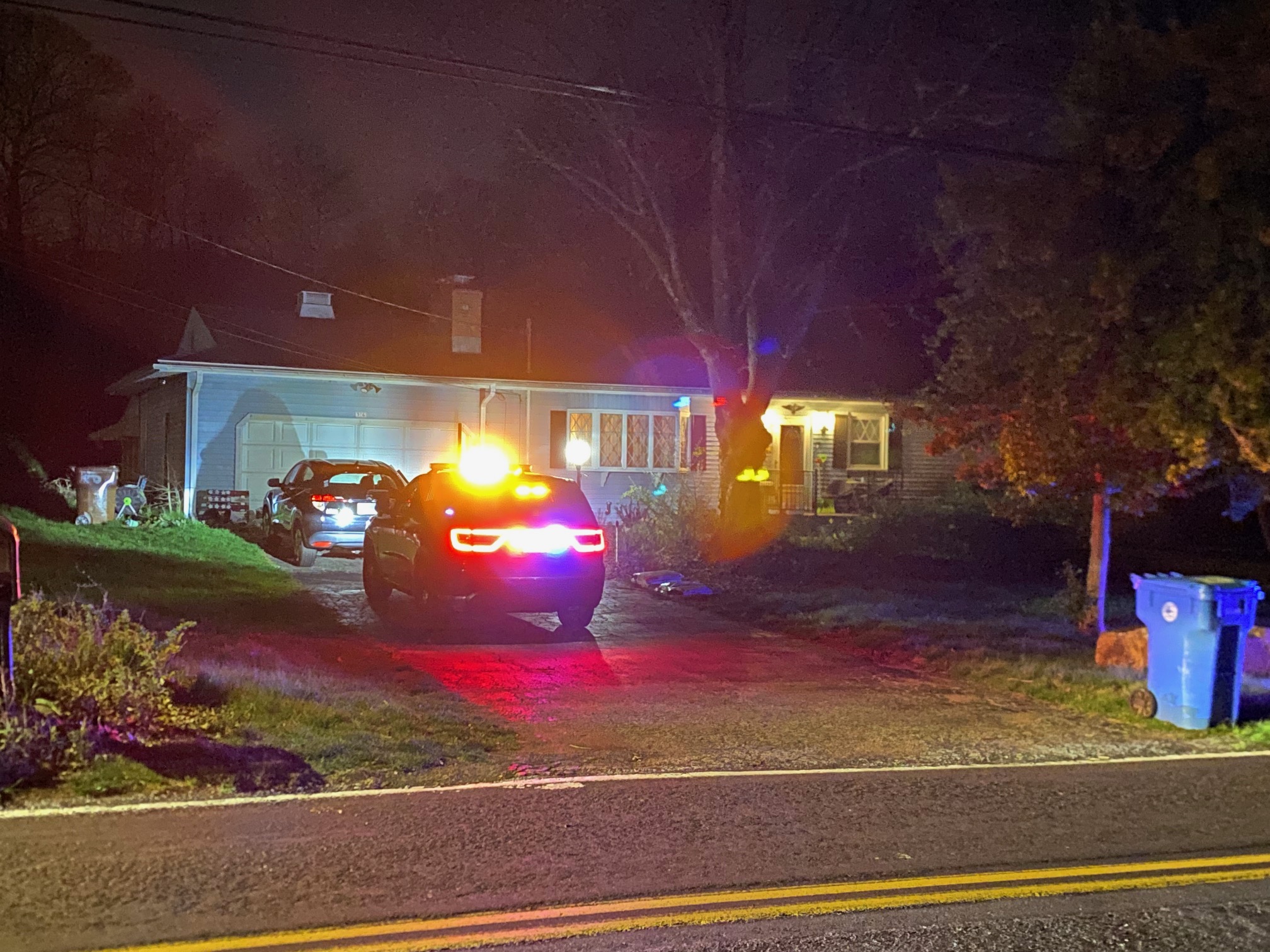Connecticut’s marketplace for health insurance customers is facing the most uncertainty since it came into existence in 2010.
Concern over the stability of the individual insurance market has grown exponentially since President Donald Trump took office, as there are fears that payments from the federal government won’t be received by Connecticut.
Republicans in Congress have already passed a bill through the U.S. House of Representatives that ended the individual mandate for people to have insurance, but it’s not yet clear what will come out of the U.S. Senate.
“It’s wreaking havoc in the individual insurance market in Connecticut and across the country,” Jim Wadleigh, the CEO of Access Health Connecticut, said.
In response to some of those unknowns, but also as a way to save money, the exchange will close its two storefronts in New Britain and New Haven, which were staples of the unique marketing employed by Access Health.
The stores, which have been in existence since the marketplace was started, were designed to work with customers face-to-face and to help them with any enrollment issues. More than half of the customers in those stores enrolled for coverage on Medicaid, the state-run health insurance program for the poor, while the rest found plans through health insurance carriers.
Wadleigh said this is a move meant to maximize outreach in the best way for customers. He said most customers won’t notice a difference without the storefronts.
Local
“We have a finite amount of resources and yes it costs about a million dollars or more, 1 to 2 million dollars for the storefronts to be operating and so we think we can take that investment, it’s not going away, and what can we do to reach farther into the state of Connecticut. So we think there are ways we can get more enrollment through this,” he said.
When people will actually enroll is also a major question looming over Access Health.
Initial guidance from the government has advised that people can sign up for and renew coverage on Nov. 1 and the period would end Dec. 15, though Wadleigh said the state is considering a later end date.
If people have more time to enroll and insurers have some overlap into the next coverage year, that can work for everyone, he said.
“We know, statistically speaking, 80-85 percent of our customers will be enrolled by December 15 and so we’re looking at what can we do to both help our customers and help carriers in the marketplace,” Wadleigh said.



